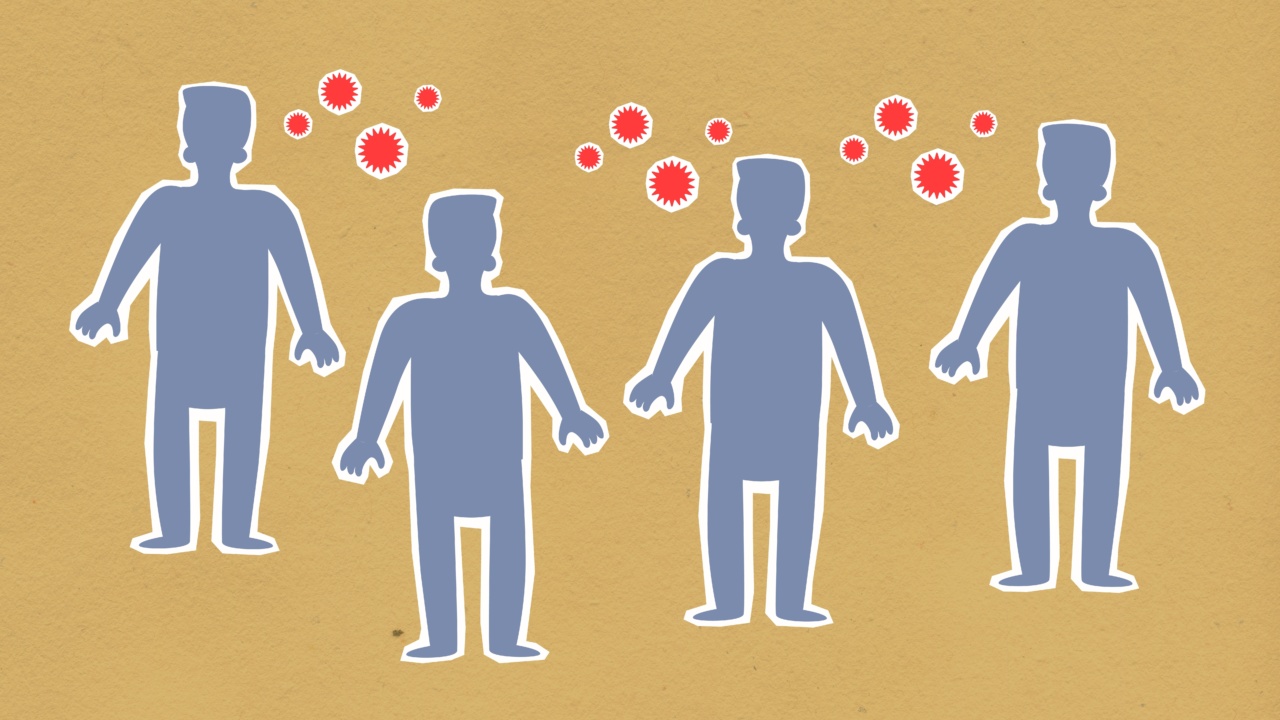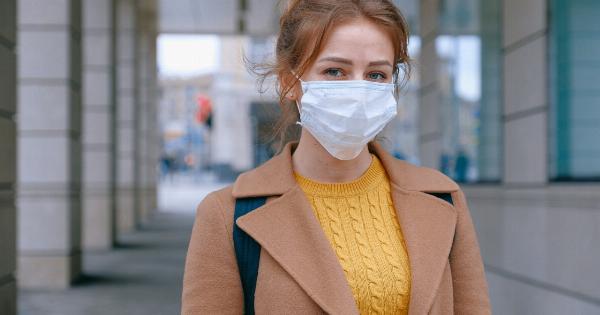The influenza virus, commonly known as the flu, is a highly contagious respiratory illness that affects millions of people worldwide each year.
Understanding how the flu virus attacks the body is crucial in developing effective prevention strategies and treatments.
What is the flu virus?
The flu virus belongs to the Orthomyxoviridae family and is classified into three main types: influenza A, influenza B, and influenza C. Among these, influenza A is the most common type and can cause seasonal epidemics or pandemics.
Transmission of the flu virus
The flu virus is primarily transmitted through respiratory droplets when an infected person coughs, sneezes, or talks. These droplets can land in the mouths or noses of people nearby or be inhaled into the lungs.
The virus can also spread by touching surfaces contaminated with the flu virus and then touching the face or mouth.
Entry into the body
Once the flu virus enters the body, it attaches to the epithelial cells lining the airways. It primarily targets cells in the nose, throat, and lungs. The virus uses a protein called hemagglutinin to bind to the host cell receptors.
Replication and spread
After attaching to the host cells, the flu virus releases its genetic material, which is made up of RNA, into the cell. The viral RNA then hijacks the host cell’s machinery to replicate itself.
Once replicated, the newly formed viruses activate another viral protein called neuraminidase, which helps the viruses release from the host cell and spread to other cells.
Immune response to the flu virus
When the body is exposed to the flu virus, the immune system recognizes it as foreign and mounts an immune response.
The immune response involves the production of antibodies that specifically target the virus, as well as the activation of various immune cells to eliminate the infected cells.
Symptoms of flu infection
Flu infection can cause a wide range of symptoms, including fever, cough, sore throat, runny or stuffy nose, body aches, headache, fatigue, and sometimes vomiting and diarrhea.
The severity and duration of symptoms can vary, with some individuals experiencing mild symptoms while others may develop severe complications.
Complications of the flu
Although most people recover from the flu without complications, certain individuals are at a higher risk of developing severe complications.
These complications can include pneumonia, bronchitis, sinus infections, ear infections, and worsening of existing medical conditions like asthma or heart disease. In some cases, flu-related complications can be life-threatening.
Prevention and treatment
The best way to prevent flu infection is through annual vaccination. The flu vaccine stimulates the production of antibodies that provide protection against the flu viruses included in the vaccine.
Other preventive measures include practicing good hand hygiene, covering the mouth and nose when coughing or sneezing, and avoiding close contact with infected individuals.
Treatment for the flu primarily involves relieving symptoms and allowing the body to fight off the infection. Antiviral medications may be prescribed in certain cases, especially for individuals at high risk of complications.
These medications work by inhibiting the replication of the virus and can help reduce the severity and duration of symptoms.
Conclusion
Understanding how the flu virus attacks the body is essential in implementing effective preventive measures and developing targeted treatment strategies.
By knowing the transmission routes, entry mechanisms, and replication processes of the virus, scientists and healthcare professionals can work towards controlling the spread of the flu and reducing its impact on public health.





























